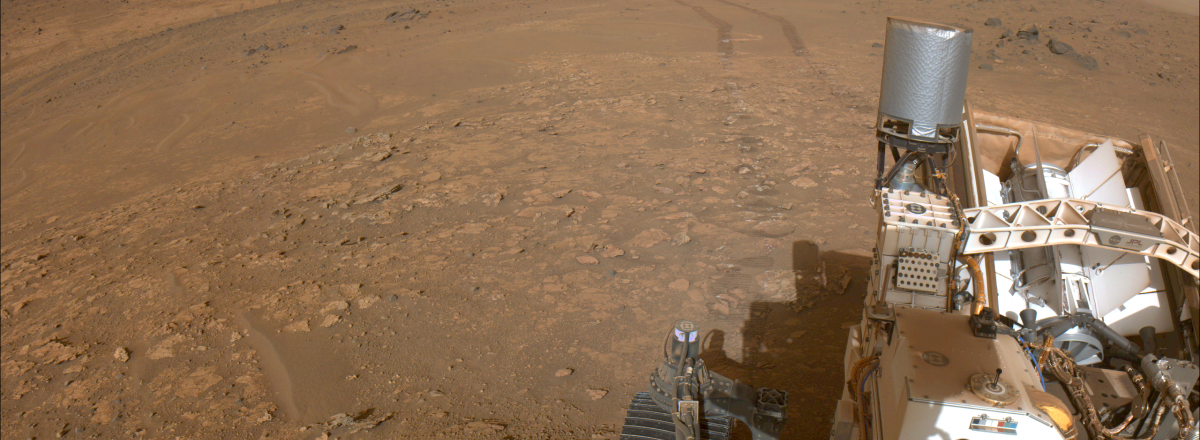NASA's Perseverance Rover Begins Ambitious Climb to Crater Rim on Mars
The rover will climb 305 meters (1,000 feet) to reach the crater's rim, an area believed to have once harbored hydrothermal vents—locations that on Earth are linked to the origins of life.

NASA's Perseverance rover has embarked on a challenging ascent to the top of Jezero Crater, marking the start of a new phase in its mission to explore Mars. The rover will climb 305 meters (1,000 feet) to reach the crater's rim, an area believed to have once harbored hydrothermal vents.
The climb is expected to take about a month, with Perseverance navigating rocky terrain and steep slopes of up to 23 degrees. The rover has already traveled 29 kilometers (18 miles) across the Martian surface since landing in 2021. Scientists hope that rock samples collected from the crater’s rim will provide new insights into the Red Planet's history and its potential to have supported ancient microbial life.
Despite challenges, Perseverance has proven to be a resilient explorer. The mission has already gathered 22 rock core samples from the crater floor, and NASA is exploring ways to bring these samples back to Earth. The new phase of exploration could yield valuable information about how rocky planets like Mars and Earth were formed.
Researchers are particularly excited about the possibility that the rocks at the crater rim might have been shaped by ancient hydrothermal activity, similar to sites on Earth that are considered cradles of life. Perseverance will continue its ascent, searching for more evidence of Mars' geological history and collecting samples along the way.

